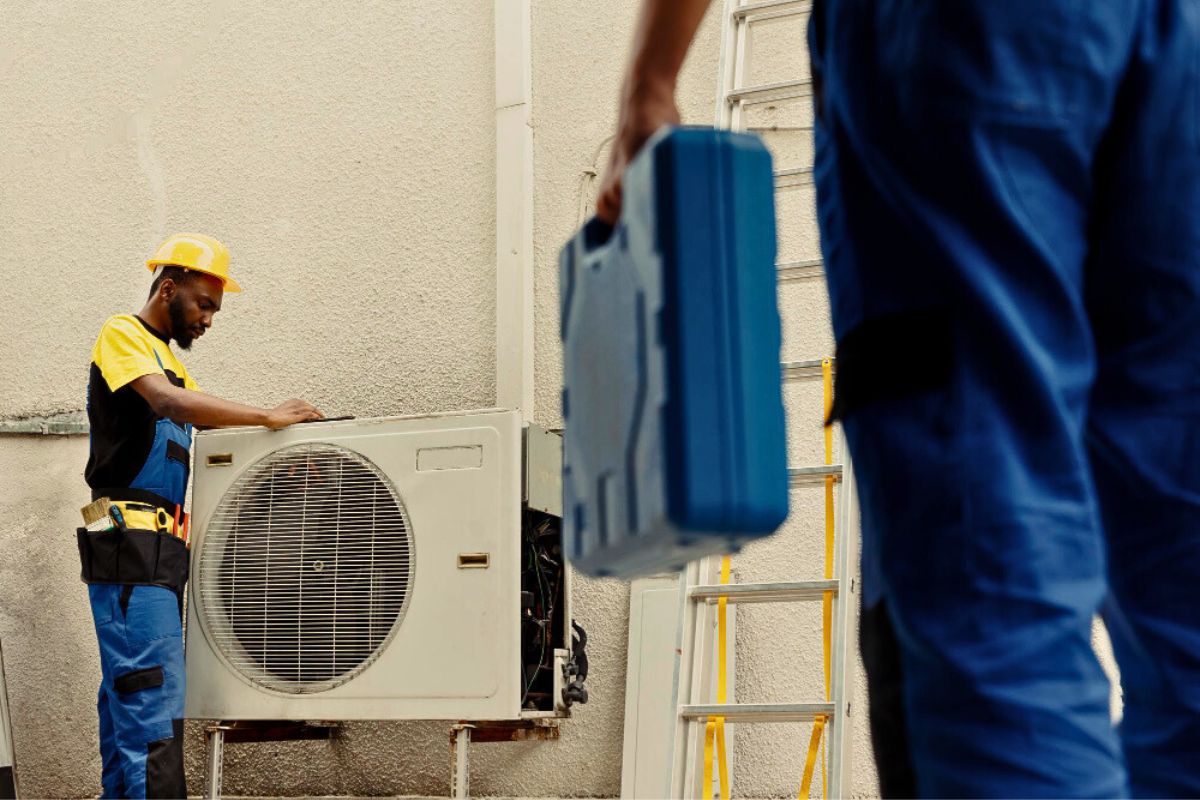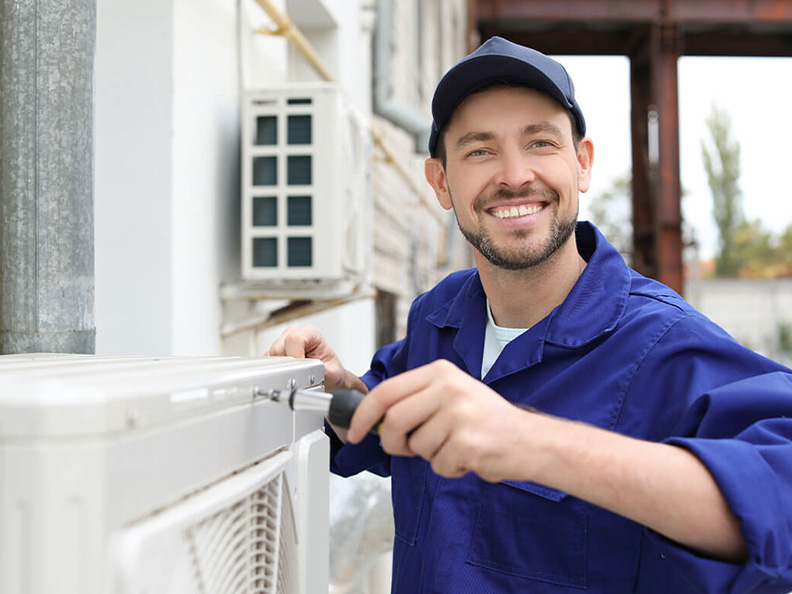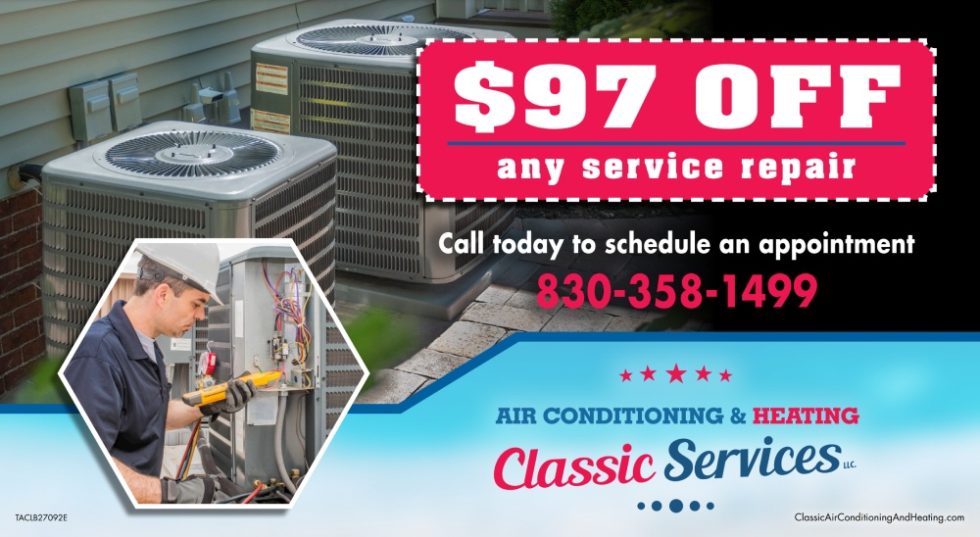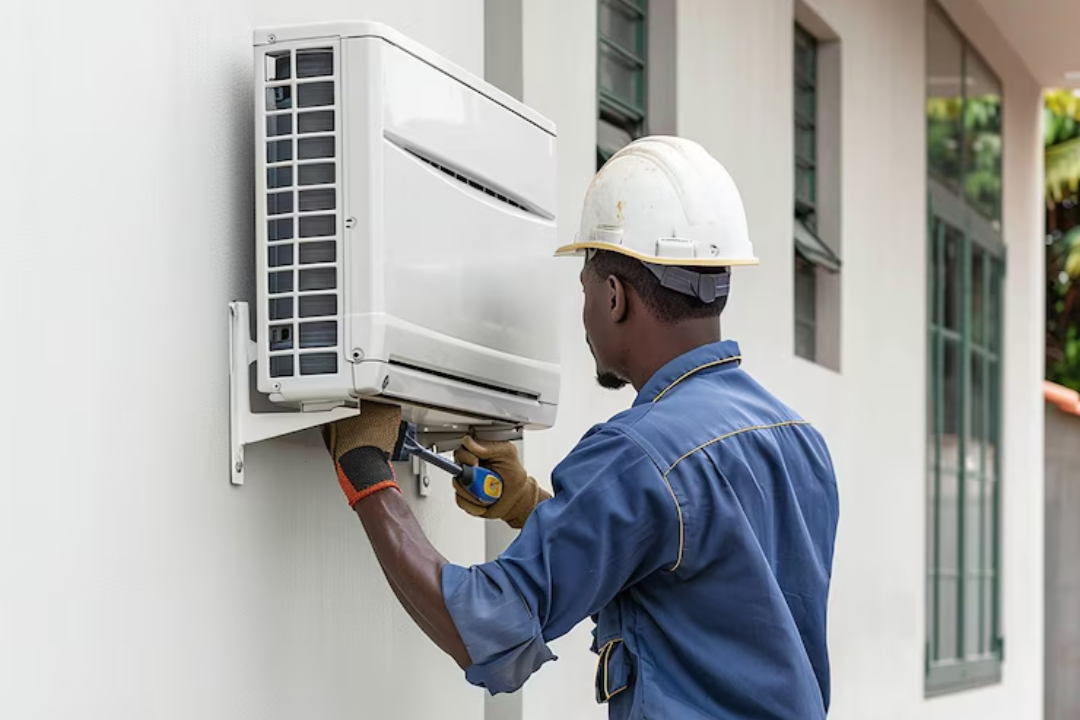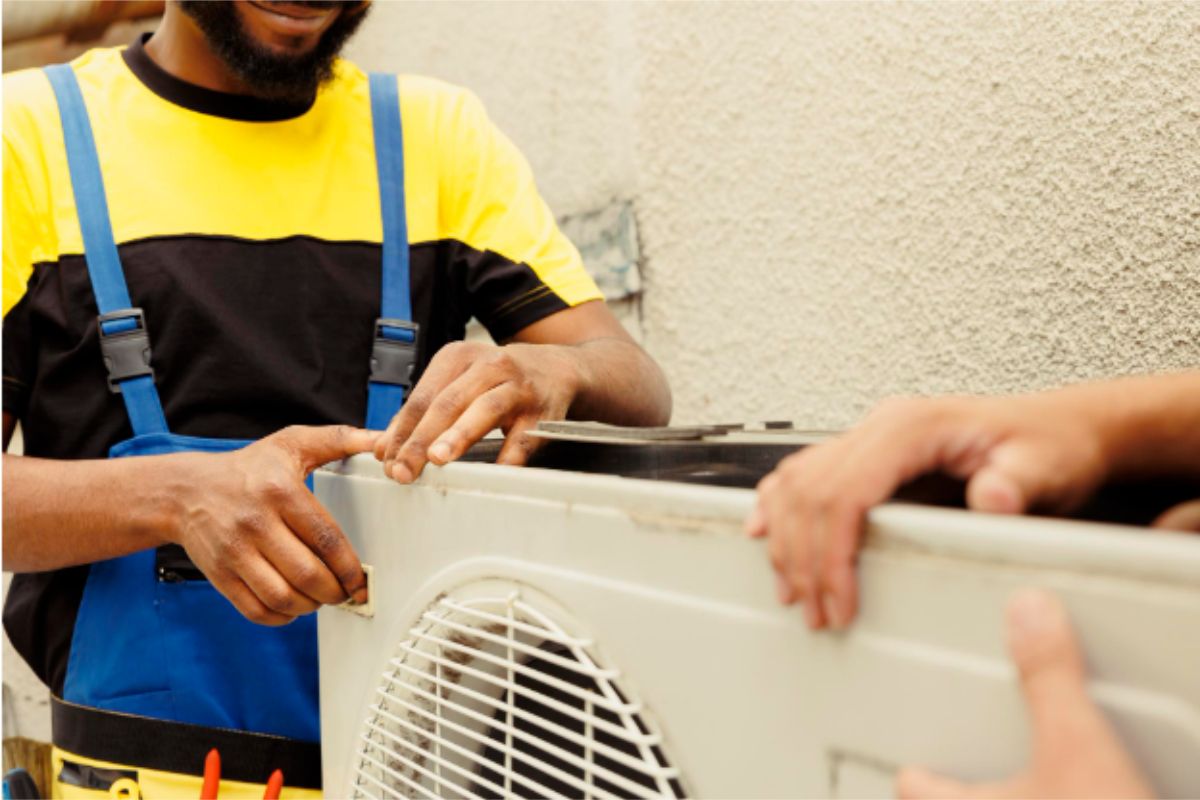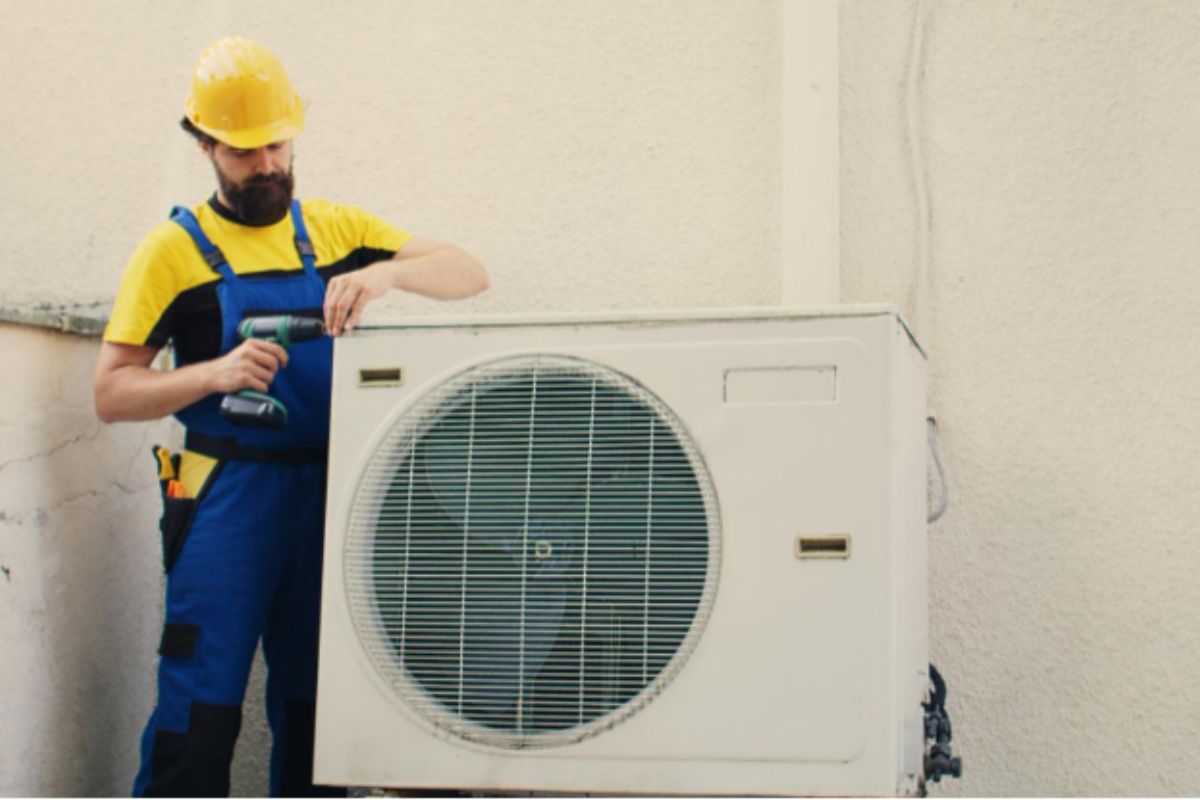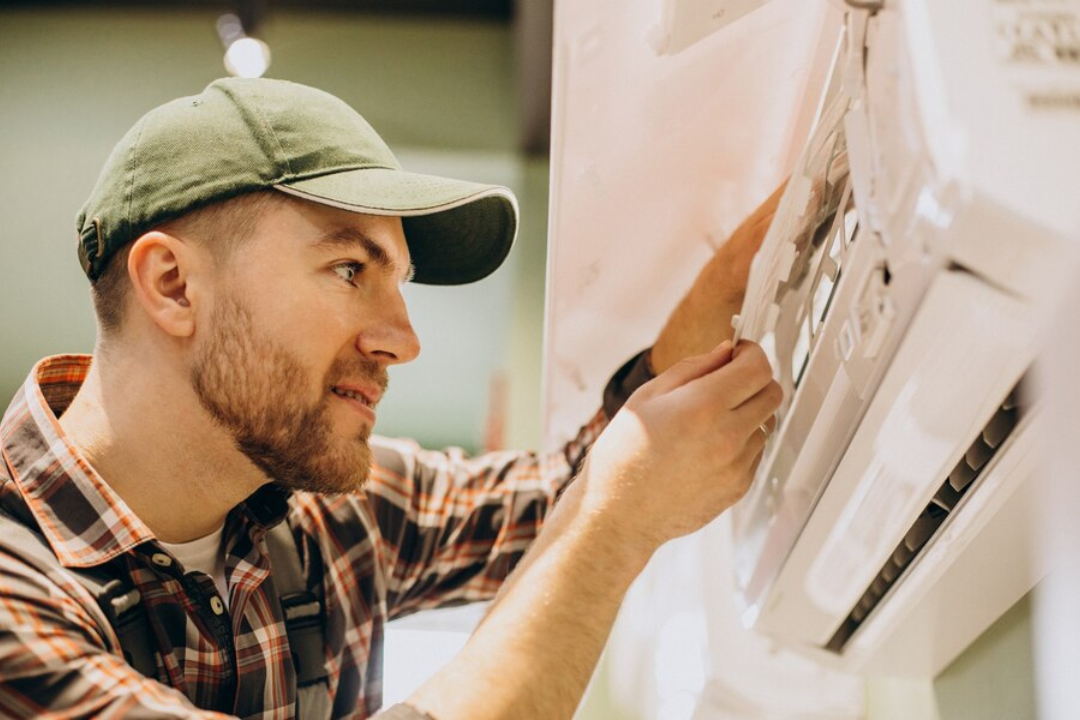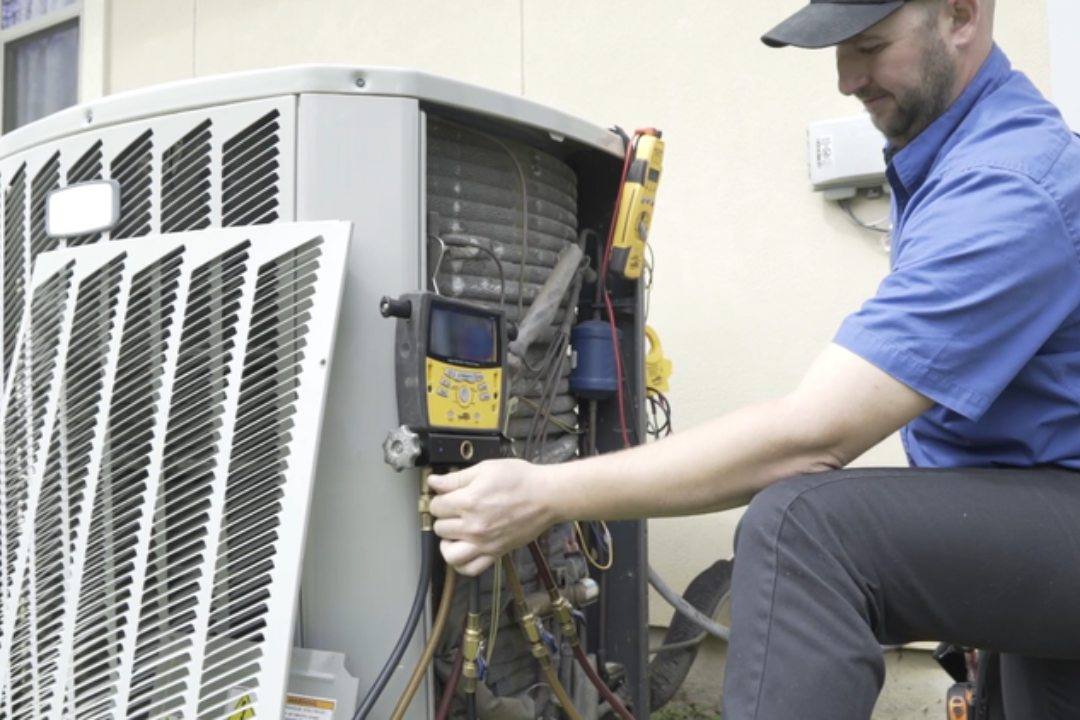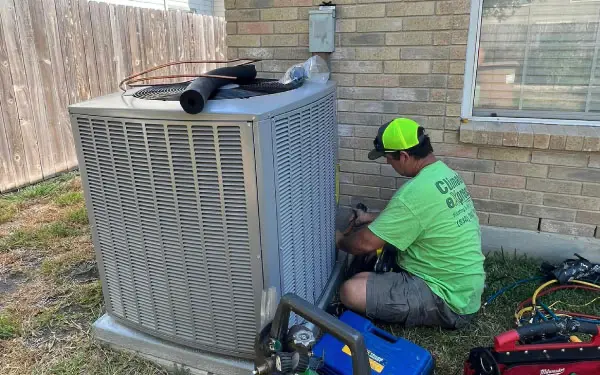Air Conditioning Repair New Braunfels Tx

Living in New Braunfels, TX, you know how crucial a working air conditioner is to surviving the summer heat. But what do you do when your AC stops blowing cold air? Before you call for professional help, let's go through some troubleshooting steps you can take to diagnose and potentially fix the issue yourself.
Troubleshooting: My AC Isn't Cooling!
One of the most frequent issues homeowners face is an AC unit that isn't cooling properly, or isn't cooling at all. This can manifest in a variety of ways: lukewarm air blowing from the vents, the system running constantly without a temperature drop, or even the unit not turning on at all.
Step 1: Preliminary Checks (No Tools Required)
First, perform some simple visual and auditory checks. These require no tools and can often pinpoint simple problems.
- Check the Thermostat: This is the most common oversight. Ensure the thermostat is set to "Cool" mode, not "Heat" or "Fan Only." Make sure the set temperature is lower than the current room temperature. Also, verify that the thermostat's batteries are functioning correctly. Try replacing them if they are old or you suspect they are weak.
- Inspect the Air Vents: Are all the supply vents open and unobstructed? Blocked vents restrict airflow, making your AC work harder and less efficiently. Make sure furniture, rugs, or curtains are not blocking the vents.
- Listen to the Indoor Unit: Can you hear the blower motor running in your indoor unit (usually located in your attic, closet, or utility room)? If not, the issue may be electrical or a problem with the blower motor itself.
- Listen to the Outdoor Unit: Is the outdoor unit (the condenser) running? Can you hear the fan? If not, the problem could be a power issue, a faulty capacitor, or a more serious compressor problem. Note the sound it makes. Any unusual buzzing, grinding, or rattling sounds can indicate a mechanical issue.
- Check for Ice: Inspect both the indoor and outdoor units for ice buildup. Ice on the coils can prevent proper cooling and is often caused by restricted airflow or low refrigerant. Do not attempt to break or chip away the ice! Let it melt naturally.
Step 2: Air Filter Inspection and Replacement (No Tools Usually Required)
A dirty air filter is a prime culprit in AC cooling problems. It restricts airflow, causing the system to work harder, potentially leading to ice buildup and reduced cooling efficiency. This is where a basic inspection, often without tools, is crucial.
- Locate the Air Filter: Air filters are usually located in the indoor unit, either in the blower compartment or in a return air vent. Consult your owner's manual if you are unsure where to find it.
- Inspect the Filter: Remove the filter and hold it up to the light. If you can barely see light through it, it's time for a replacement. A severely clogged filter will be visibly dusty and dirty.
- Replace the Filter: Replace the dirty filter with a new one of the correct size and type. Note the direction of airflow on the filter (usually indicated by an arrow) and install it accordingly.
- Run the System and Monitor: After replacing the filter, run your AC and monitor its performance. It often takes a few hours to notice a significant improvement in cooling efficiency.
Step 3: Inspecting the Outdoor Unit (Requires Basic Observation)
The outdoor unit, or condenser, is vital for releasing heat from your home. A dirty or obstructed condenser can significantly reduce cooling efficiency. This step requires some basic visual inspection.
- Visual Inspection: Examine the condenser coils for debris such as leaves, grass clippings, dirt, and insect nests. Any obstruction can restrict airflow and reduce the unit's ability to dissipate heat.
- Clear Debris: Use a garden hose with a gentle spray nozzle to rinse away any loose debris from the outside of the condenser coils. Do not use a pressure washer, as it can damage the delicate fins. Be careful not to bend the fins while cleaning.
- Trim Surrounding Vegetation: Ensure that there is at least two feet of clear space around the condenser unit. Trim any bushes, shrubs, or trees that are growing too close.
- Check the Fan: Make sure the fan blades are clean and not damaged. If they are dirty, carefully wipe them down with a damp cloth.
- Power Down Before Cleaning: Always turn off the power to the outdoor unit at the breaker box before performing any cleaning or maintenance. This is a crucial safety precaution to prevent electric shock.
Step 4: Checking the Circuit Breaker (No Tools Required)
A tripped circuit breaker is a common reason why an AC unit won't turn on. This is a simple check that requires no tools.
- Locate the Breaker Box: Find your home's electrical panel, typically located in the garage, basement, or utility room.
- Identify the AC Breaker: Look for the breaker labeled "AC," "Air Conditioner," or a similar designation. If you are unsure, consult your home's electrical panel directory.
- Check the Breaker Position: If the breaker is tripped, it will be in the "off" or "middle" position. Flip the breaker fully to the "off" position and then back to the "on" position.
- Test the System: After resetting the breaker, turn on your AC and see if it starts working. If the breaker trips again immediately, there may be a short circuit or other electrical problem that requires professional attention.
Step 5: Inspecting Condensate Drain Line (Basic Observation)
The condensate drain line removes water that condenses during the cooling process. If this line becomes clogged, it can cause water to back up, potentially shutting down the AC system and even causing water damage. This requires basic visual inspection and a simple test.
- Locate the Drain Line: Find the condensate drain line, usually a PVC pipe, exiting the indoor unit. It typically drains outside or into a floor drain.
- Check for Clogs: Look for any visible obstructions in the drain line opening. You may see algae, mold, or other debris.
- Clear the Drain Line (Simple DIY): You can try clearing the drain line with a wet/dry vacuum. Attach the vacuum hose to the drain line opening and use suction to remove any clogs. Alternatively, you can try pouring a cup of distilled white vinegar into the drain line. Vinegar can help dissolve minor clogs. Let it sit for about 30 minutes and then flush the line with water.
- Observe Draining: After attempting to clear the drain line, observe if water is draining properly. If water is still backing up, the clog may be more severe and require professional cleaning.
When to Call a Professional HVAC Technician in New Braunfels, TX
While some AC problems can be resolved with simple troubleshooting steps, others require the expertise and tools of a qualified HVAC technician. It's important to know when to draw the line and seek professional help for your safety and the longevity of your system.
Here are some situations where calling a professional is highly recommended:
- Refrigerant Leaks: Refrigerant is essential for cooling, and leaks can be harmful to the environment and your health. Handling refrigerant requires specialized equipment and training. If you suspect a refrigerant leak (e.g., hissing sounds, oily residue, poor cooling performance), call a professional immediately.
- Electrical Problems: Working with electrical components can be dangerous. If you suspect an electrical issue, such as a short circuit, burning smell, or sparking, do not attempt to fix it yourself. Contact a qualified electrician or HVAC technician.
- Compressor Issues: The compressor is the heart of your AC system. If you suspect a compressor problem (e.g., loud noises, unit not turning on), it's best to call a professional. Compressor repairs are complex and often require specialized tools and knowledge.
- Frozen Evaporator Coils (Recurring): If your evaporator coils freeze repeatedly despite replacing the air filter and clearing any obstructions, there may be an underlying issue, such as low refrigerant or a malfunctioning component. A professional can diagnose and repair the root cause of the problem.
- Major Component Failures: If you suspect that a major component, such as the blower motor, condenser fan motor, or compressor, has failed, it's best to consult a professional. Replacing these components often requires specialized tools and expertise.
- You're Not Comfortable: If you've tried the troubleshooting steps outlined above and are still unable to resolve the problem, or if you simply feel uncomfortable working with your AC system, don't hesitate to call a professional. It's better to be safe than sorry.
Finding a Reputable HVAC Technician in New Braunfels
When choosing an HVAC technician in New Braunfels, TX, consider the following factors:
- Licensing and Insurance: Ensure the technician is licensed and insured to work in Texas. This protects you from liability in case of accidents or damage.
- Experience and Expertise: Look for a technician with experience and expertise in diagnosing and repairing AC systems.
- Reputation and Reviews: Check online reviews and ask for referrals from friends or family. A reputable technician will have a positive track record.
- Pricing and Estimates: Get written estimates from multiple technicians before making a decision. Be sure to compare the scope of work and the cost of parts and labor.
- Warranty: Ask about warranties on parts and labor. A reputable technician will stand behind their work.
By following these troubleshooting steps and knowing when to call a professional, you can keep your AC system running smoothly and comfortably in New Braunfels, TX, and stay cool all summer long!
